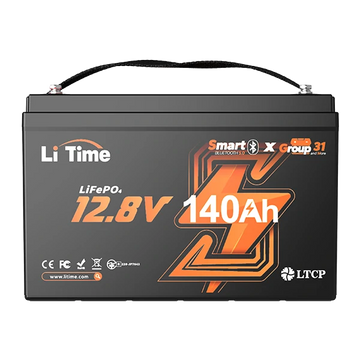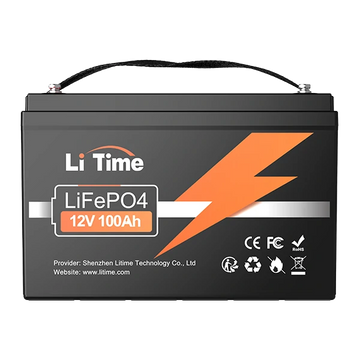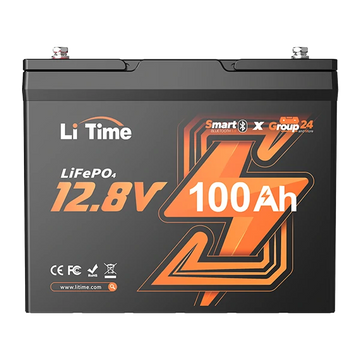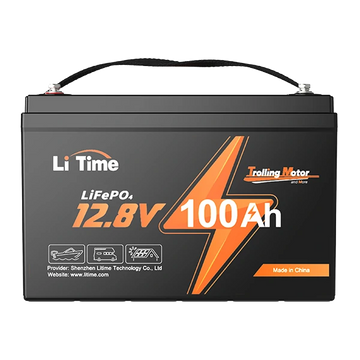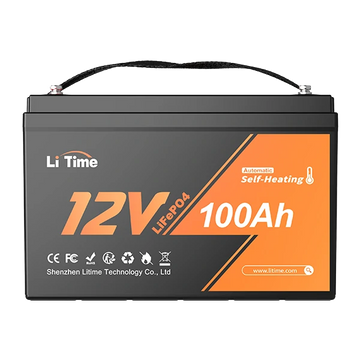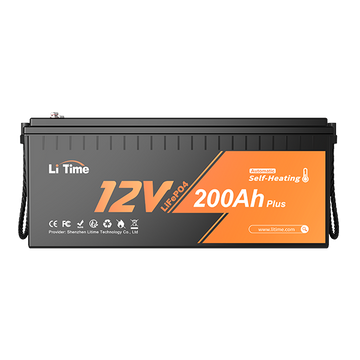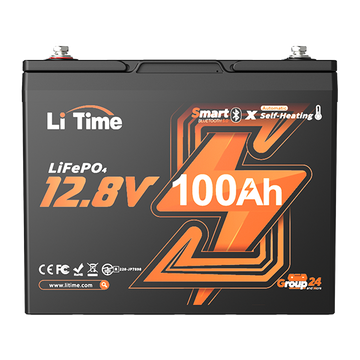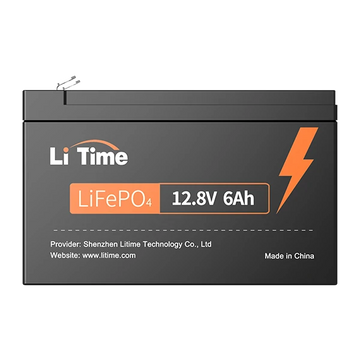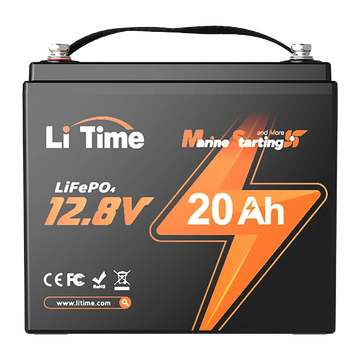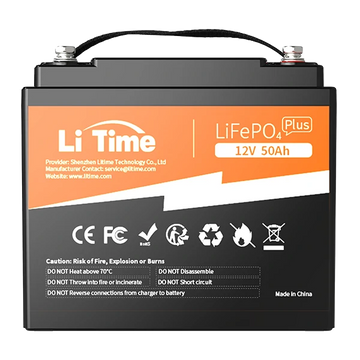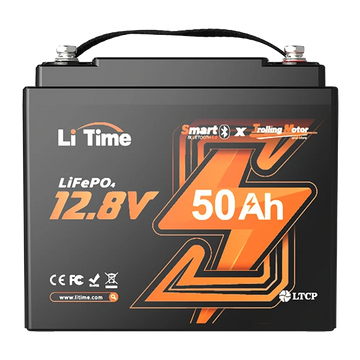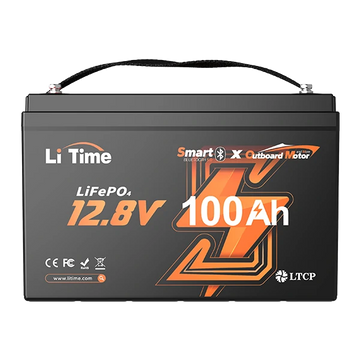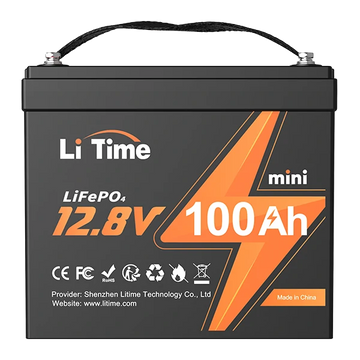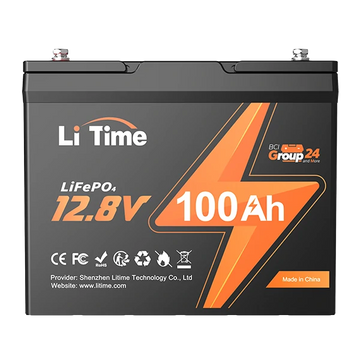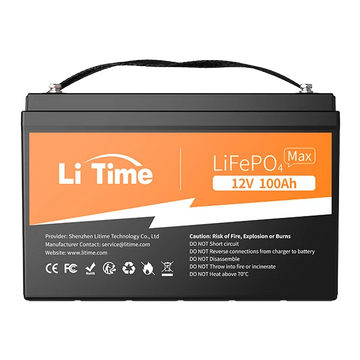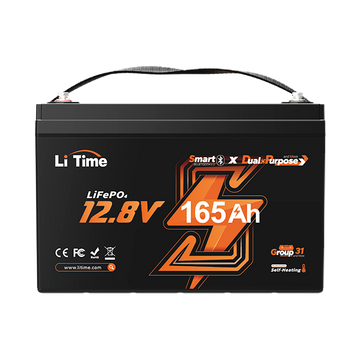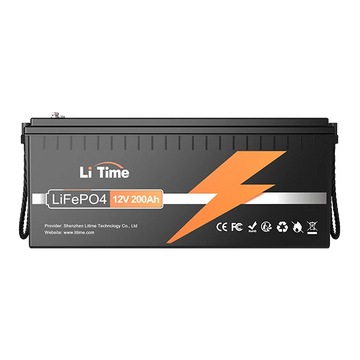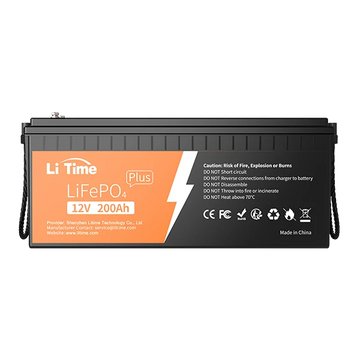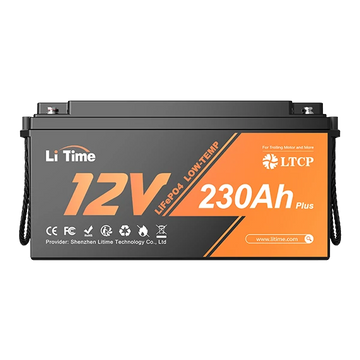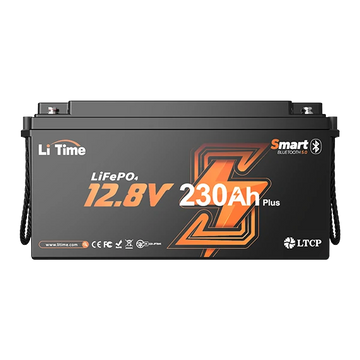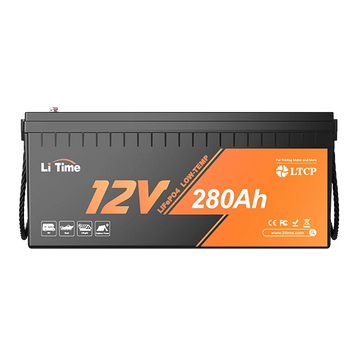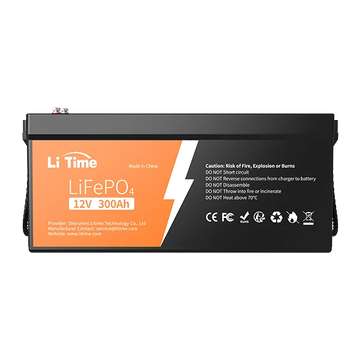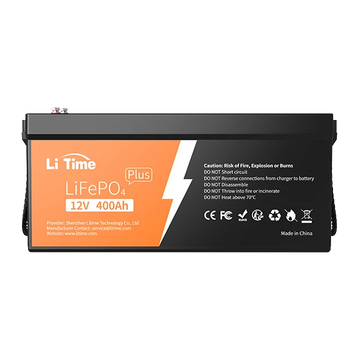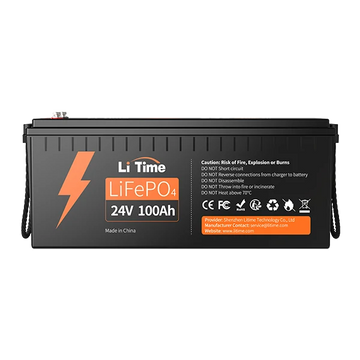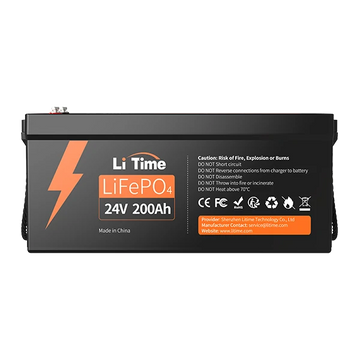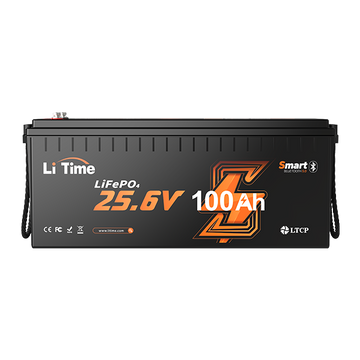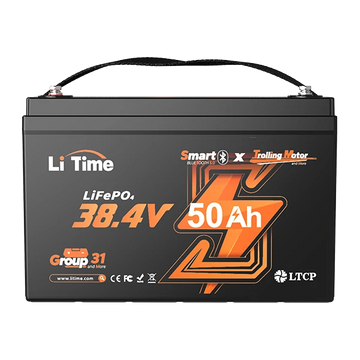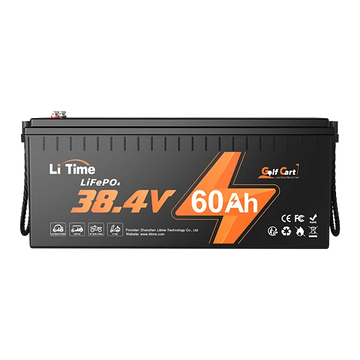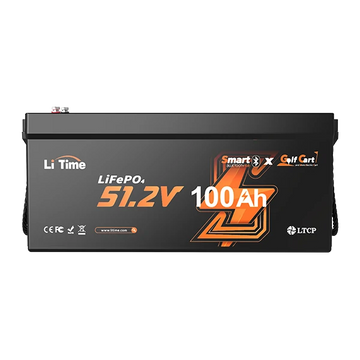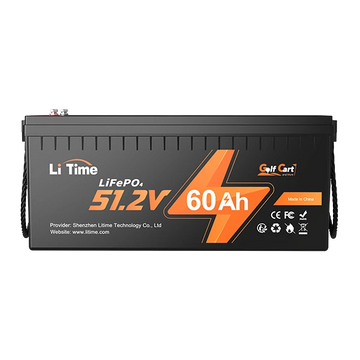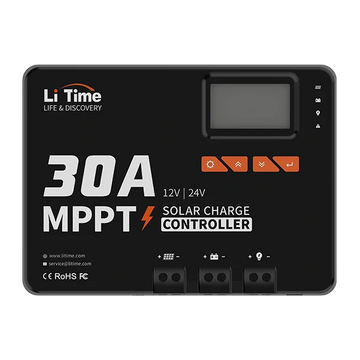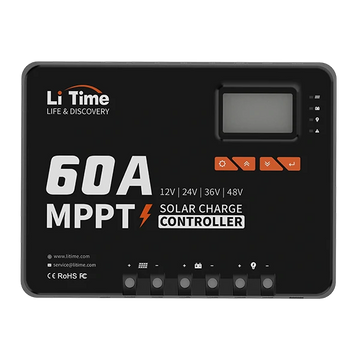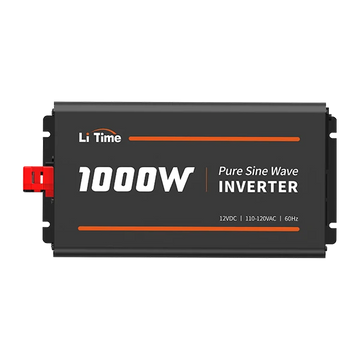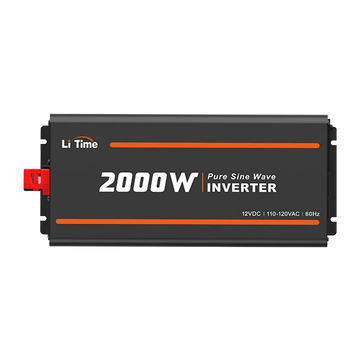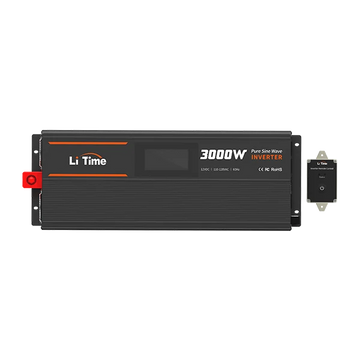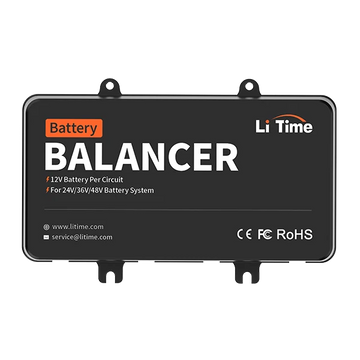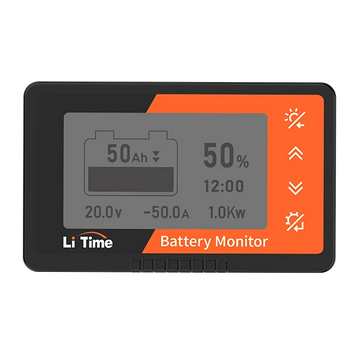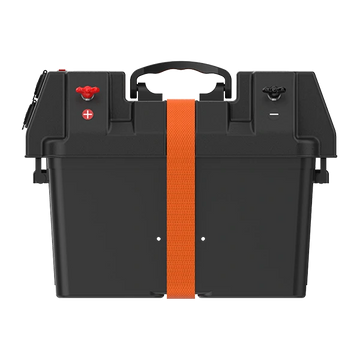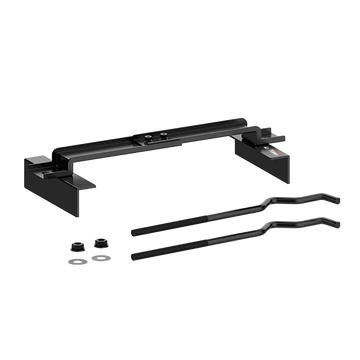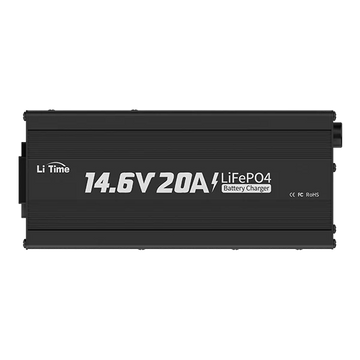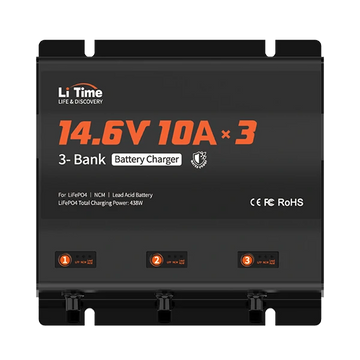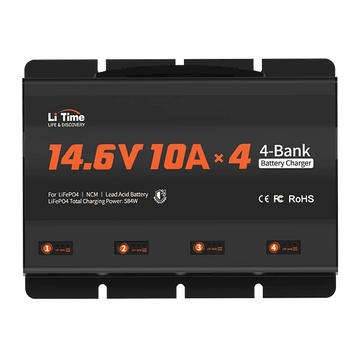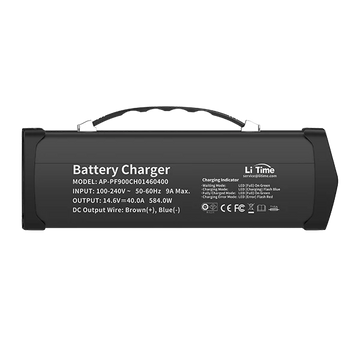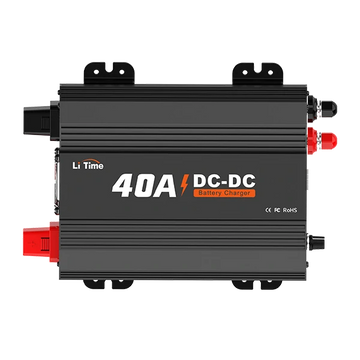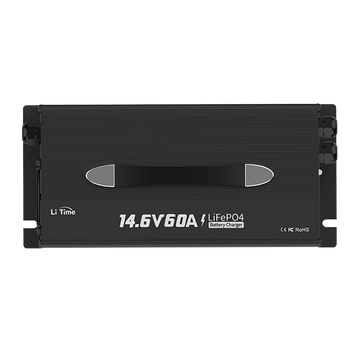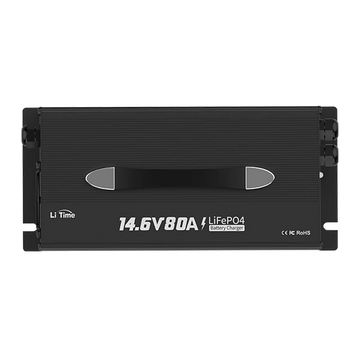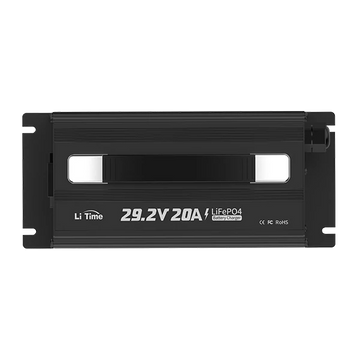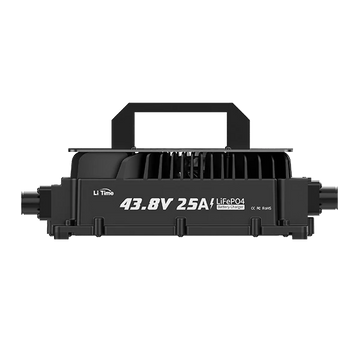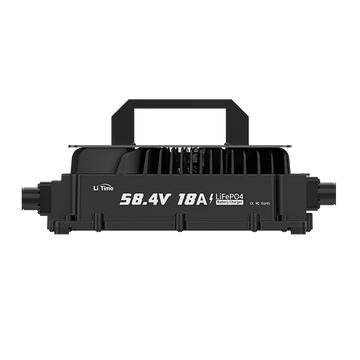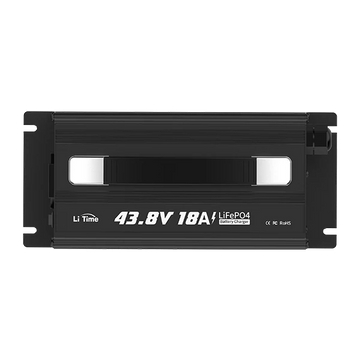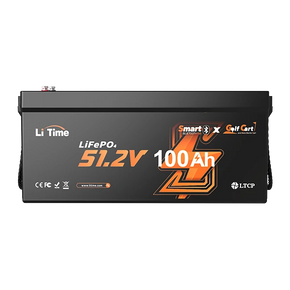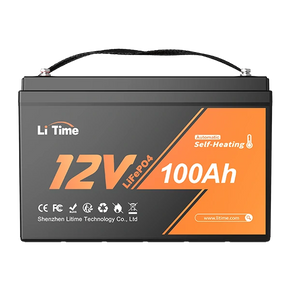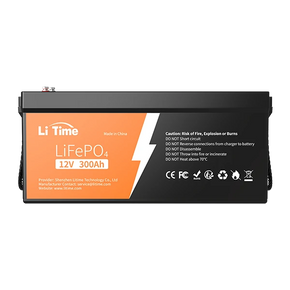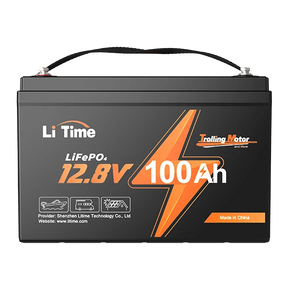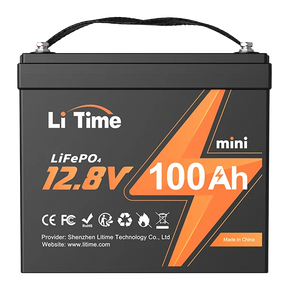Properly storing your LiFePO4 lithium batteries is essential for ensuring their longevity and preventing potential hazards. The popularity of lithium batteries in Canada for RVs, cottages, and boats comes from their lightweight design, high energy density, and eco-friendliness. To get the most from your batteries, knowing how to store them correctly—especially during our long winters—is key.
This article provides all the necessary details for the proper storage and handling of LiFePO4 batteries to protect your investment and extend its lifespan.
Table of Content
- Why is Proper Storage of Lithium-ion and LiFePO4 Batteries Essential?
- How to Store LiFePO4 Batteries?
- Key Techniques for Storing Lithium Batteries
- Short-term Storage
- Long-term Storage
- Ideal Storage Temperature for LiFePO4 Batteries
- Storing LiFePO4 Batteries in Cold Weather (Winter)
- Storing LiFePO4 Batteries in Hot Weather (Summer)
- FAQs about Storing LiFePO4 Batteries
Why is Proper Storage of Lithium Batteries Essential?
Even when a battery is disconnected, internal chemical reactions continue to occur. Following correct storage procedures minimizes harmful reactions and preserves the battery's health.
LiFePO4 batteries require fewer safety precautions than traditional lead-acid batteries or other types of lithium-ion batteries. LFP chemistry uses stable iron compounds and doesn't generate hazardous gases. Still, these batteries are a significant investment. Proper storage ensures that your investment is protected year after year.
Most modern batteries include a built-in Battery Management System (BMS) for protection. However, while a BMS is critical, it doesn't replace the need for proper storage conditions. Factors like temperature, state of charge (SOC), and humidity are vital for long-term battery health.
How to Store LiFePO4 Batteries?
The most important factor for storage is the duration. Below are the key techniques and recommendations for storing your LiFePO4 batteries correctly.
1. Key Techniques for Storing Lithium Batteries
Switch Off and Disconnect: Nearly all manufacturers recommend storing lithium batteries only after they are fully disconnected.
For RVs and motorhomes, simply using the main power switch is not enough. Some components, like sensors, can remain active and create a "parasitic drain." The only correct way to disconnect the battery is to physically detach the positive [+] and negative [-] cables from the battery terminals.
Unlike other battery types, lithium batteries do not need a trickle charge during storage. LiFePO4 batteries have a very low self-discharge rate of 1-3% per month, allowing them to hold their charge for long periods.
It is crucial to store lithium batteries away from heat sources like furnaces, radiators, or direct sunlight.
When storing, keep batteries away from conductive metal objects that could accidentally touch both terminals and cause a short circuit. Using plastic terminal caps is a great safety measure.
If a battery looks or acts abnormally after storage (e.g., strange smell, leaking fluid, physical damage, or swelling), do not use it. Contact the manufacturer for guidance.
Avoid storing LiFePO4 batteries in areas with strong magnetic fields, as they can interfere with the Battery Management System (BMS).
2. Short-term Storage
Ensure the battery is stored in a dry, climate-controlled space. High humidity can lead to corrosion on the terminals. An environment with humidity levels below 65% is ideal.
For any storage period, it is highly recommended to charge the battery to approximately 50% of its capacity using a dedicated lithium charger. This is the most stable state for the battery's chemistry.
3. Long-term Storage
For long-term storage, such as winterizing your equipment, charging to 50% SOC is critical. The ideal storage temperature range is 10°C to 35°C (50°F to 95°F). A heated basement or insulated garage is perfect.
When storing for more than three months, it's best practice to check the battery's charge every three months. If it has dropped significantly, recharge it back to 50% to keep it in optimal condition.

4. Ideal Storage Temperature for LiFePO4 Batteries
LiFePO4 batteries can be stored in a wide temperature range, from -10°C to 50°C (14°F to 122°F). However, for maximum lifespan, the ideal storage temperature is around 25°C (77°F).

A study on battery calendar life showed that batteries stored at 25°C retained the most capacity, while those at 55°C degraded the fastest. Whenever possible, aim to store your batteries in a stable, room-temperature environment.
5. Storing LiFePO4 Batteries in Cold Weather (Winter)
This is especially critical in Canada. While lithium batteries handle cold better than lead-acid, long-term storage in extreme cold (below -10°C / 14°F) can cause damage. The electrolyte can thicken, reducing the battery's efficiency when you go to use it again in the spring.
If storing in a location that may drop below freezing is unavoidable, use thermal insulation like an insulated battery box. For RVs or boats stored outside through a Canadian winter, the best option is to remove the batteries and bring them indoors to a heated, controlled environment like a basement.
Avoid storing the battery directly on a cold concrete floor. The concrete will pull heat from the battery. Instead, place it on a wooden pallet or rubber mat to provide a thermal break.
Even in storage, remember to check the battery every 3-6 months and top it up to 50% SOC if needed. This prevents deep discharge and ensures it’s ready for spring.
6. Storing LiFePO4 Batteries in Hot Weather (Summer)
Key point: Avoid direct sunlight or heat sources, as high temperatures accelerate cell degradation.
Storing batteries in high temperatures—like inside a vehicle during a summer heatwave—can cause them to overheat internally. This can lead to irreversible damage. Never store your battery for extended periods in direct sunlight.
Using a battery box can provide protection from both physical damage and radiant heat.

If your battery is installed in an RV, ensure the compartment is well-ventilated to prevent heat buildup. Avoid installing it near heat-generating appliances or the engine compartment.
Even though the battery's BMS will protect it from extreme heat by shutting down, repeated exposure to high temperatures will still permanently reduce the battery's overall capacity and shorten its life.
FAQS about Storing LiFePO4 Batteries
Q: Can I leave a LiFePO4 battery connected to a device while it's in storage?
A: No. It is strongly recommended to completely disconnect the battery from any devices before storing it. Leaving it connected can lead to a slow discharge over time from standby power draw, potentially damaging the battery.
Q: How often should I check the stored LiFePO4 battery?
A: It's good practice to check the stored battery every 3 months. If the battery voltage has dropped significantly, it's time to recharge it back to 50% to maintain its health.

Q: Do I need to charge the LiFePO4 battery before using it after storage?
A: Yes, it is highly recommended to fully charge the battery before you use it again. This ensures you start your season with the battery at its optimal performance level.
Q: What are the most important safety precautions for storing a LiFePO4 battery?
A: Avoid extreme temperatures (especially cold in Canada), moisture, and direct sunlight. It's also crucial to keep the battery away from flammable materials and out of reach of children. If you notice any signs of physical damage or swelling, do not use it and contact the manufacturer for guidance.
Conclusion
Thanks to its low self-discharge rate, a LiFePO4 battery is easier to store than other battery types. However, understanding how to store it correctly is crucial for maintaining its health and protecting your investment. Although the chemistry is resilient, the physical components are still susceptible to environmental factors.
Following the information above will ensure your batteries are stored safely and effectively. Finally, starting with high-quality batteries makes the entire process easier.
Check out LiTime's extensive catalog of first-class LFP batteries. These batteries offer a 5-year warranty, so you know they are made with quality in mind.
